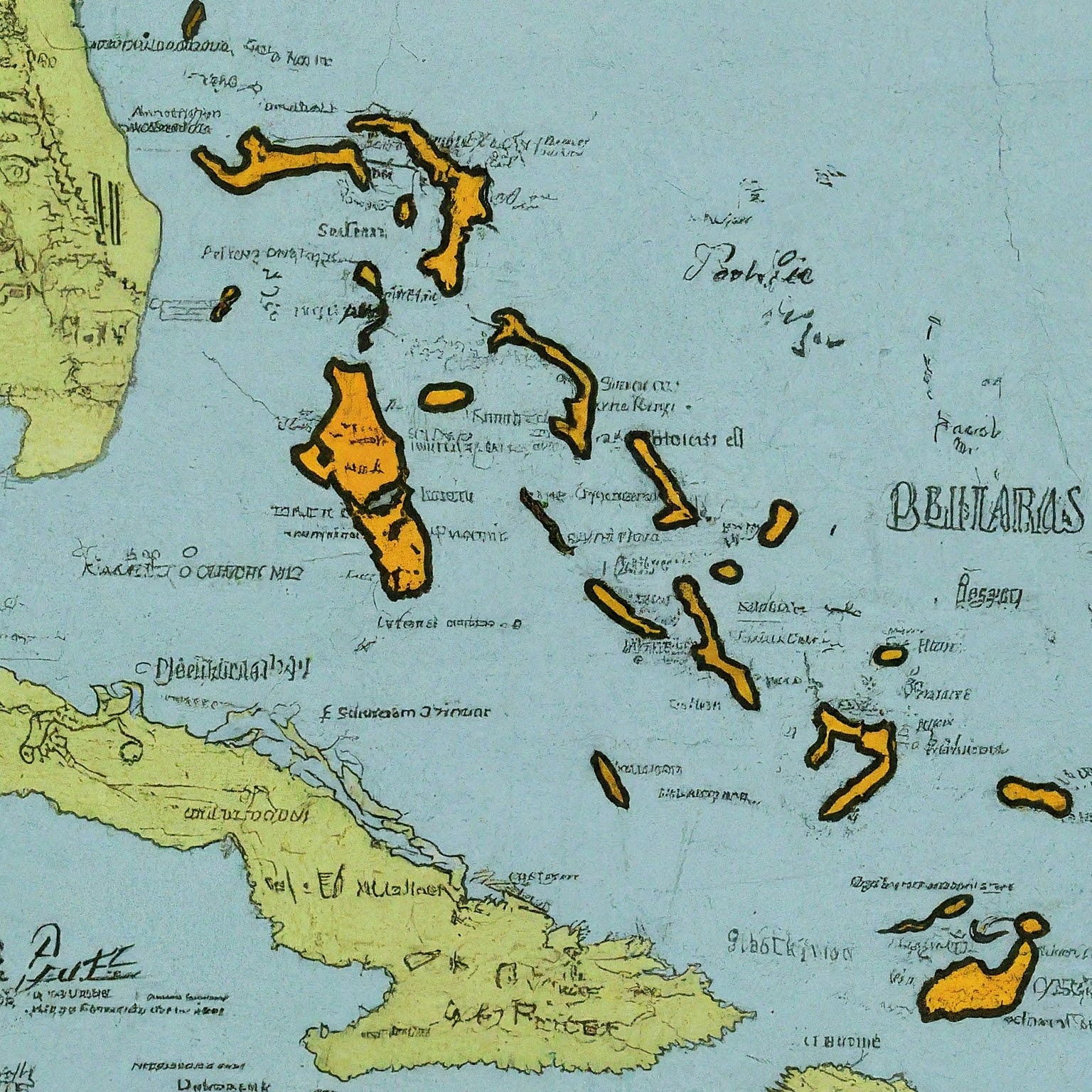The Bahamas, a tropical archipelago located in the Atlantic Ocean, is renowned for its pristine beaches, crystal-clear waters, and vibrant marine life. As a popular tourist destination and a significant financial center, the Bahamas has established strong connections with countries around the world. To facilitate communication and data exchange with the Bahamas, it is essential to understand its country code.

Understanding Country Codes
A country code is a standardized two-letter or three-letter alphabetic code that is used to represent countries and territories worldwide. These codes are primarily employed in telecommunications, internet domains, and ISO standards. They serve as a universal language, enabling seamless communication and data exchange between different regions.
The Bahamas Country Code
The country code for the Bahamas is +1. While the Bahamas is an independent nation, it uses the same country code as the United States due to its close geographical proximity and historical ties. This shared country code simplifies international calling between the two countries.
The Significance of the +1 Country Code
The +1 country code holds significant importance in various aspects of international communication and data exchange. Some of its key roles include:
- International Calling: The +1 code is indispensable for making international calls to Bahamian landlines and mobile numbers. It allows callers to connect with individuals and businesses located within the country.
- Internet Domains: The BS country code top-level domain (ccTLD) is .bs. This domain is used for websites and online services based in the Bahamas. It helps to identify and categorize websites associated with the country.
- ISO Standards: The BS country code is also used in various ISO standards, such as ISO 3166-1 alpha-2, which is a two-letter code for country names. These standards ensure consistency and compatibility in international data exchange.
Country Code Dialing Conventions
When making international calls to the Bahamas, it is essential to follow the correct dialing conventions. Typically, the dialing sequence involves:
- International Access Code: This code, which varies depending on the country, is used to signal the start of an international call.
- +1 Country Code: The +1 code is then dialed to indicate that the call is intended for the United States (and by extension, the Bahamas).
- Area Code: The area code, which is a three-digit number, specifies the geographic region within the Bahamas where the recipient is located.
- Local Phone Number: The final part of the number is the local phone number, which consists of seven digits.
Examples of Bahamian Phone Numbers
Here are a few examples of Bahamian phone numbers, including the country code:
- +1 242 322 3322: A Nassau landline number.
- +1 242 426 7890: A Bahamian mobile number.
- +1 242 363 1234: A landline number in another Bahamian region.
Challenges and Future Trends
While the +1 country code has served the Bahamas well for many years, it is not without its challenges. As the telecommunications landscape evolves, there may be a need to address issues such as:
- Number Portability: Ensuring that individuals can retain their phone numbers when switching between providers.
- International Numbering Plans: Coordinating with other countries to maintain compatibility and avoid conflicts.
- Emerging Technologies: Adapting to new technologies, such as VoIP and satellite communications, that may require changes to numbering plans.
Looking ahead, the +1 country code is likely to remain an essential part of international communication and data exchange for the Bahamas. As the country continues to develop and attract tourists and investors, its unique identifier will continue to facilitate connections and foster collaboration.
Conclusion
The Bahamas country code (+1) is a vital component of the country’s telecommunications infrastructure. It enables seamless international communication and data exchange, facilitating connections between individuals and businesses worldwide. As the Bahamas continues to evolve and adapt to technological advancements, the +1 code will remain a cornerstone of its identity and connectivity.


